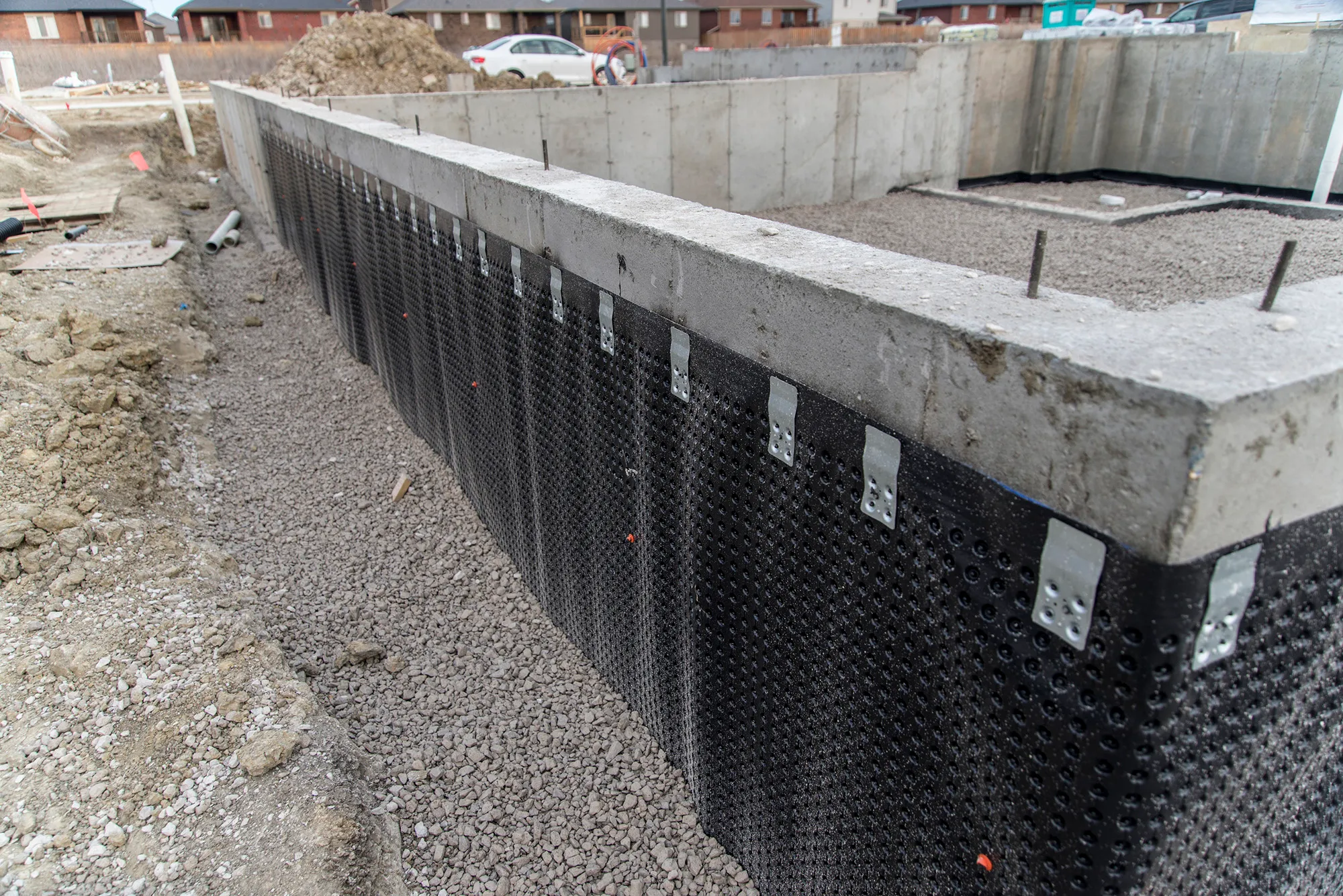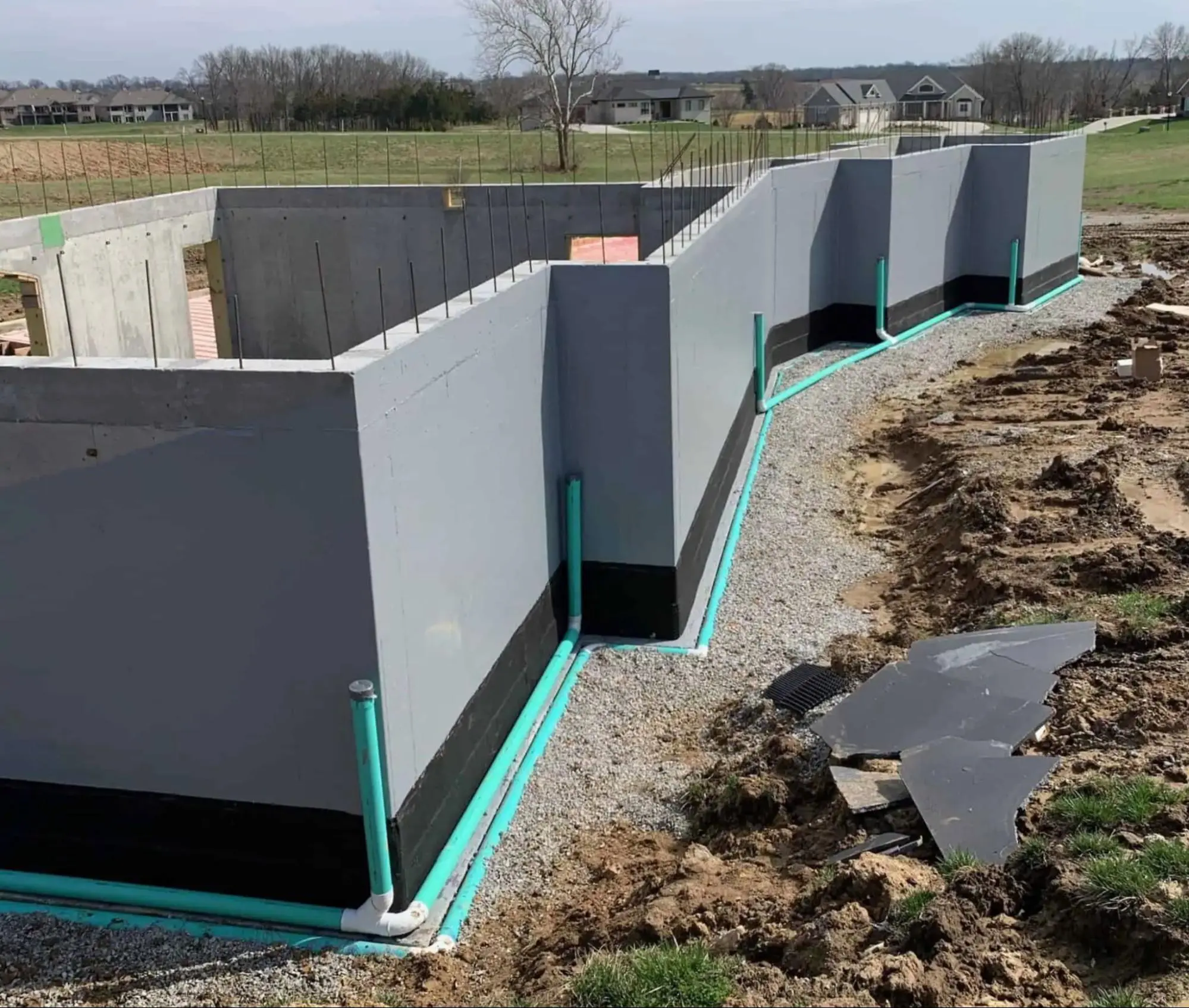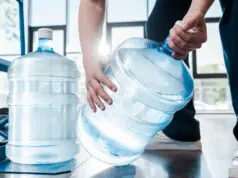
Every homeowner understands the quiet dread of water intruding into their sanctuary. The basement, often considered a forgotten realm of a house, can suddenly become a battleground against moisture.
It’s not just about protecting possessions; it’s about safeguarding the very foundation of a home. When exploring the best solutions for basement waterproofing, one must confront a pivotal question: should they prioritize interior waterproofing techniques, which focus on managing water after it has entered, or should they invest in exterior waterproofing solutions, aiming to prevent the intrusion before it starts?
Each method carries its unique strengths and weaknesses, inviting them to weigh their options carefully. With factors such as the severity of the moisture problem, property layout, and budget constraints in play, the journey of comparing interior vs. exterior basement waterproofing solutions can be both daunting and crucial for maintaining a safe and dry living space.
Key Takeaways
- Understanding basement waterproofing methods is crucial for effective home protection.
- Interior waterproofing techniques help manage issues after water has entered.
- Exterior waterproofing solutions proactively prevent water intrusion.
- Each solution has unique benefits, influenced by individual circumstances.
- Homeowners must evaluate their specific needs to make informed decisions.
Understanding Basement Waterproofing Methods

Basement waterproofing plays a crucial role in maintaining a home’s integrity and livability. Understanding the various methods available is important for homeowners looking to combat water intrusion. Both interior and exterior foundation waterproofing solutions have distinct advantages and techniques that can significantly impact the health and safety of a residence.
The Importance of Waterproofing
The basement waterproofing importance cannot be overstated. Moisture intrusion can damage structural elements and promote mold growth, leading to compromised safety and reduced property value. Proper waterproofing measures enhance indoor air quality while protecting the home from expensive repairs.
Categories of Basement Waterproofing
Both interior vs. exterior waterproofing methods offer unique benefits. Interior variation typically focuses on managing moisture within the living space, while exterior methods aim to prevent water from reaching the foundation in the first place. Understanding these categories can help homeowners make informed decisions about the best approach for their property.
Common Techniques in Interior Method
- Sealants: Applied to walls and floors to prevent water seepage.
- Interior drains: Installed to divert water away from the basement.
- Sump pumps: Remove accumulated water to prevent flooding.
- Vapor barriers: Reduce moisture levels by blocking water vapor intrusion.
Common Techniques in Exterior Method
- French drains: Installed around the foundation to redirect water away.
- Excavation and wall coating: Waterproof coatings applied directly to foundation walls.
- Grading: Landscaping adjustments that ensure proper water drainage away from the house.
- Waterproof membranes: Applied during construction to form a barrier against moisture.
| Technique | Type | Purpose | Effectiveness |
| Sealants | Interior | Prevent seepage | Moderate |
| Sump Pumps | Interior | Remove excess water | High |
| French Drains | Exterior | Direct water away | High |
| Waterproof Membranes | Exterior | Barrier against moisture | Very High |
Comparing Interior vs. Exterior Basement Waterproofing Solutions
When selecting a waterproofing method, homeowners often weigh multiple factors such as cost-effectiveness, disruption levels, longevity, and structural protection. Evaluating interior versus exterior solutions allows for informed decision-making tailored to specific needs.
Cost-Effectiveness
Interior waterproofing generally presents a more appealing option in terms of cost-effectiveness. Homeowners can frequently implement interior solutions without the need for extensive excavation. This minimizes labor and material costs. Although initial expenses for interior methods may seem lower, one must still consider long-term maintenance expenses to fully understand the true financial impact.
Disruption Levels
Choosing between interior and exterior waterproofing often hinges on disruption levels in waterproofing projects. Interior methods tend to be less intrusive, allowing homeowners to continue using the basement without significant interruptions. Exterior waterproofing typically demands more excavation work, which can lead to greater disruption during the installation process. Careful consideration of these factors can help determine the most suitable option.
Longevity and Maintenance
The longevity of waterproofing solutions varies based on the chosen method. Interior systems may require more frequent inspections and maintenance, while exterior waterproofing often offers greater durability. As a result, homeowners should evaluate the expected lifespan of each solution and its maintenance requirements when making their choice.
Structural Protection

Structural protection methods also differ between interior and exterior waterproofing. Exterior systems often provide more robust defenses against water invasion and soil pressure, contributing to the overall structural integrity of the home. On the other hand, while interior waterproofing can effectively manage water issues, it may not offer the same level of protection against external forces.
| Factor | Interior Waterproofing | Exterior Waterproofing |
| Cost-Effectiveness | More cost-effective initial investment | Higher initial costs due to excavation |
| Disruption Levels | Lower disruption during installation | Higher disruption with extensive work |
| Longevity | Requires regular maintenance | Often more durable with less frequent upkeep |
| Structural Protection | Good for managing water issues | Provides strong protection against external pressures |
Conclusion
In the journey of selecting the right basement waterproofing solutions, homeowners are faced with critical decisions that can profoundly affect their property’s safety and longevity.
Understanding the benefits of waterproofing becomes essential, as it not only safeguards against moisture damage but also enhances the overall value of the home. Each method, whether interior or exterior, offers distinct advantages that cater to various needs.
Choosing waterproofing methods requires assessing a multitude of factors, including budget constraints, property layout, and the severity of water issues. Interior waterproofing is often more accessible and cost-effective, appealing to those with limited exterior access. On the other hand, exterior waterproofing is an investment in long-term protection, proactively addressing potential issues before they arise.













